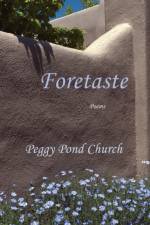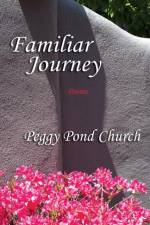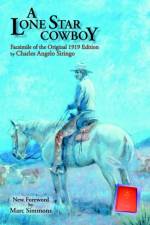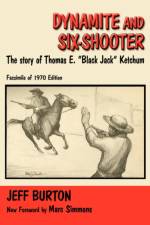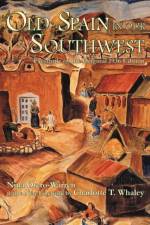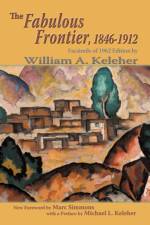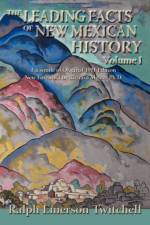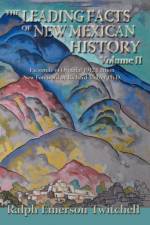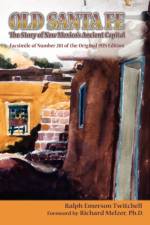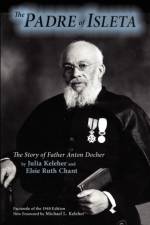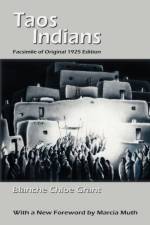av Peggy Pond Church
319,-
"Here are pages with delicately-carved poems, fragrant with the sage of high mesas, light as a cirrus cloud, warm as red blood, vibrant as the strings of a violin. The reader catches glimpses, feels touches of the sensitive character of the poet, sensitive not so much to darkness as to light in all its nuances of color, movement, and design. Of acid there is not a trace. There are cloud-shadows, the flight of a fairy, altars, the turn of the earth, lilac roots, turquoise in the wind. "The author has divided her book into two parts, but the poems arrange themselves into four spheres: poems close to the earth, fantasy, sketches of children, glimpses of the native Southwest. New Mexico is symbolized in a new way: placid burros become ancient hills; chili burns with new fever; natives pray in the cool recesses of a church under an anciently carved statue of Joseph; sheep and goats whiten the rock-ribbed hills." (From "The New Mexico Quarterly," February, 1934, Volume IV, Number 1.) MARGARET HALLETT POND, who became known as PEGGY POND CHURCH, was born on a ranch in the Territory of New Mexico in 1903 at a place called Valmora. She was the daughter of Ashley Pond Jr., son of a wealthy Detroit attorney, and Hazel Hallett Pond, the granddaughter of a former governor of Arkansas who retired from politics to become a rancher in Mora County. As a teenager, Peggy was sent to boarding schools in California and Connecticut, and by the time she entered Smith College, her poetry had already achieved recognition and won awards. Peggy married Fermor Spencer Church in 1924 and they were the parents of three sons. She died October 23, 1986, a date of her "own choosing." In addition to "Foretaste," originally published in 1933, she is the author of "Familiar Journey" and "The Burro of Angelitos" (both in new editions from Sunstone Press), as well as "Ultimatum for Man" and "The House at Otowi Bridge" among others. In 2010, a children''s story written by Peggy in the 1930s was published as a bilingual book titled "Shoes for the Santo Ni├▒o," and in 2011 the story was adapted to become a children''s opera.

